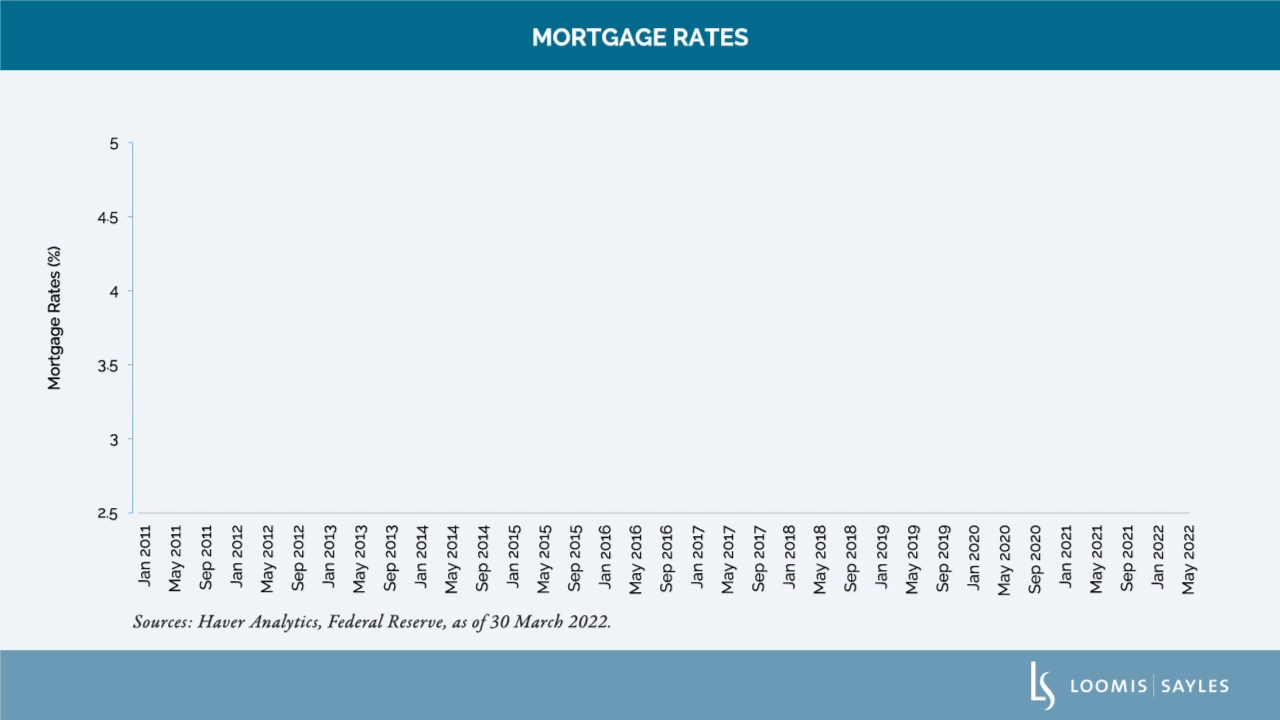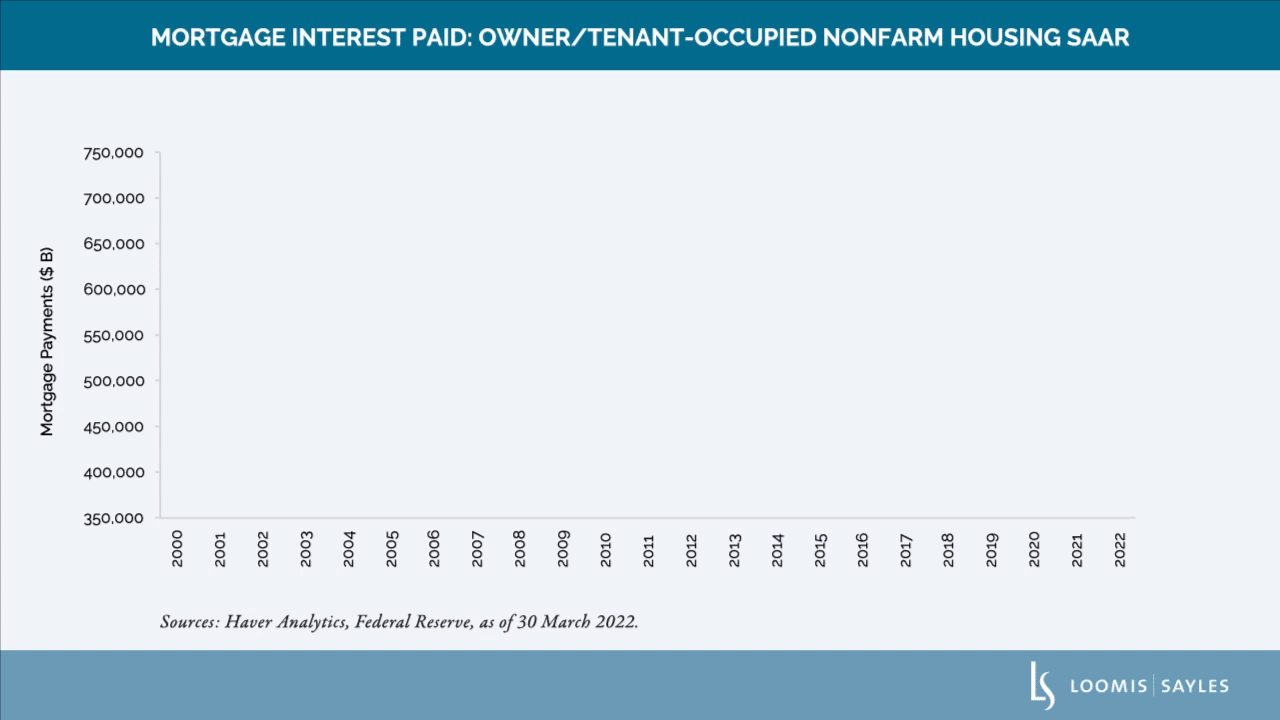As the Federal Reserve raises rates in an effort to stifle inflation, what are the implications for US mortgage holders? Thanks to the quantitative easing (QE) programs employed by the Fed after the global financial crisis (GFC), adverse effects on these borrowers have been confined.
A program aimed at lowering rates and stimulating the economy
In the wake of the GFC, the Fed initiated QE, purchasing Treasurys and agency mortgage-backed securities (MBS) to help lower interest rates, stimulate borrowing and increase real economic activity. Agency MBS figured prominently in the program. The Fed purchased, in gross, $1.24 trillion of MBS in QE1. In the QE2/Operation Twist period, it reinvested $242 billion of principal payments into MBS. The Fed purchased an additional $800 billion of MBS in QE3 and an unprecedented $3 trillion in QE4.[i]
In the agency MBS sector, the Fed used large-scale purchases of MBS via QE as a transmission mechanism to lower mortgage rates and help spur the housing market and ease consumer debt burdens.
QE’s effect on US mortgage holders
We believe QE has helped alleviate the mortgage burden of the average US household, which has become a much smaller portion of disposable income than it was before the GFC. In our view, QE was successful in two distinct ways:
1) It increased housing affordability and suppressed defaults. As you can see in the following chart, the effective interest rate on all residential mortgages outstanding in the US declined from 3.90% in 2019 to 3.35% in 2022 due to QE.[ii] This 55-basis-point reduction in mortgage rates for the $11 trillion mortgage market translated to savings of $60 billion in interest expenses per year during that period.

2) It ensured a lower mortgage burden for a majority of US homeowners for the foreseeable future. Aggregate household mortgage payments plummeted from $600 billion in 2007 to $470 billion in 2022.[iii] This dip is even more pronounced as a percentage of household income. The household mortgage debt service ratio to disposable income declined from 7.2% in 2007 to 3.9% in 2022, highlighting the impact of lower mortgage payments.

Existing mortgage borrowers locked in at lower rates
In 2022, the Fed concluded QE in the first quarter and has raised short-term interest rates four times. This has resulted in mortgage rates surging to a 15-year high above 6%, up more than 3% since the start of 2022. However, the adverse effect on the US consumer is minimal because more than 98% of existing mortgage borrowers are locked into fixed rates well below the current mortgage rate. Losses on the market value of mortgages have been predominantly borne by the Fed itself, banks, and money managers, while the majority of the US consumers remain largely unscathed.

[i] Source: US Federal Reserve.
[ii] Sources: Haver Analytics, Federal Reserve as of 30 March 2022.
[iii] Source: Haver Analytics, as of 30 March 2022.
MALR029560
Market conditions are extremely fluid and change frequently.






